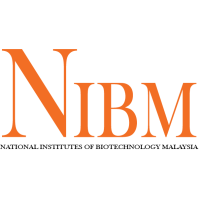Wax apple is one of the underutilized fruits that is considered a good source of fibers, vitamins, minerals as well as antioxidants. In this study, a comparative analysis of the developments of wax fruit ripening at the proteomic and metabolomic level was reported. 2D electrophoresis coupled with MALDI–TOF/TOF was used to compare the proteome profile from three developmental stages named immature, young, and mature fruits. In general, the protein expression profile and the identified proteins function were discussed for their potential roles in fruit physiological development and ripening processes. The metabolomic investigation was also performed on the same samples using quadrupole LC–MS (LC–QTOF/MS). Roles of some of the differentially expressed proteins and metabolites are discussed in relation to wax apple ripening during the development. This is the first study investigating the changes in the proteins and metabolites in wax apple at different developmental stages. The information obtained from this research will be helpful in developing biomarkers for breeders and help the plant researchers to avoid wax apple cultivation problems such as fruit cracking.
Data and Resources
| Field | Value |
|---|---|
| Subject Field of Research MRDCS 6th | Biotechnology |
| Subject Socio Economic Objective MRDCS 6th | Advanced Experimental and Applied Science |
| Publisher | |
| License | License Not Specified |
| Public Access Level | Public |
| Modified | 2019-12-09 |
| Release Date | 2019-12-05 |
| Identifier | d96ee3ce-64da-40d2-a1a4-dc53d1c73665 |
The online version of this article ( https://doi.org/10.1002/elps.201800185) contains supplementary material, which is available to authorized users.

